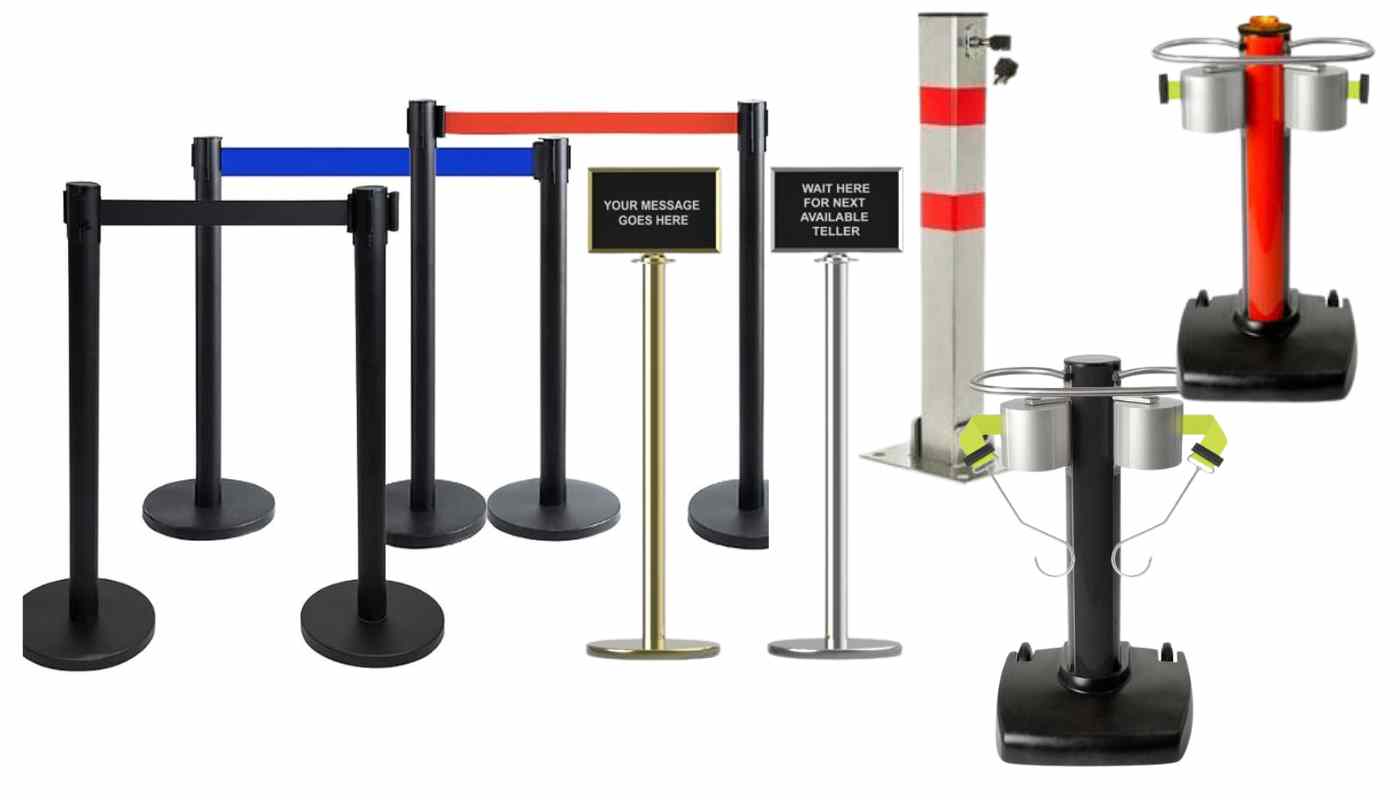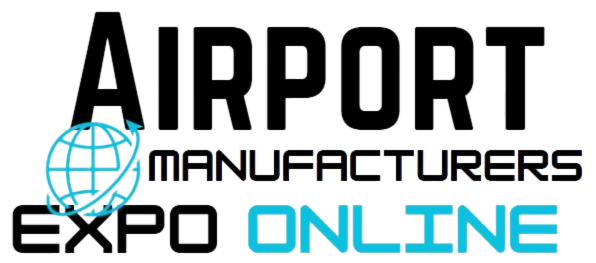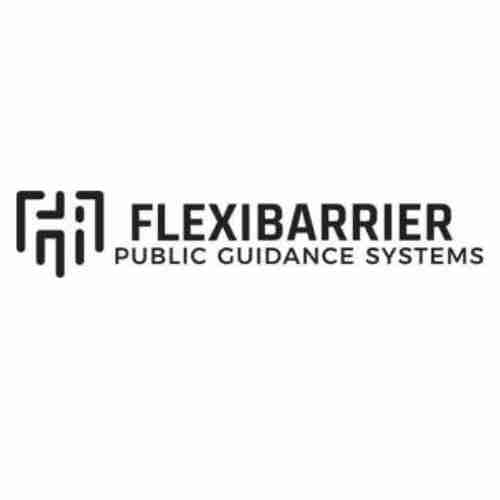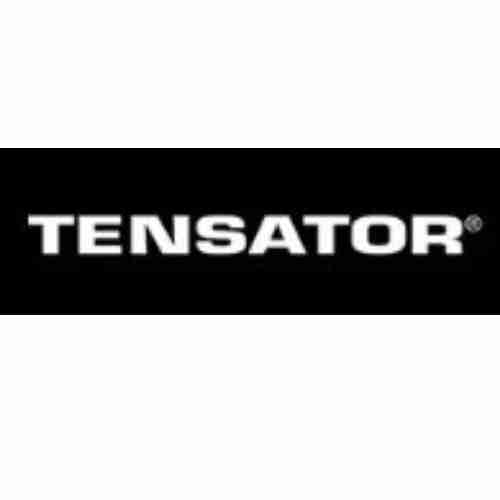Safety Barriers and Retractable Belt Stanchions in Germany 2025
Germany, a land renowned for its efficiency and meticulous attention to detail, prioritizes safety across all sectors. This focus extends to its bustling airports, where a constant flow of passengers necessitates a well-oiled machine of crowd control and passenger safety. Here, we delve into the world of airport safety barriers and retractable belt stanchions in Germany, exploring the regulations, applications, and trends shaping this crucial aspect of airport operations in 2024.

Retractable Belt Stanchions and Beyond
German airports rely on a multi-layered approach to ensure passenger and staff safety. Retractable belt stanchions, also known as belt barriers or line stanchions, form the backbone of this system. These versatile units, featuring a weighted base and a retractable belt, create designated pathways, separate security lines, and cordon off restricted areas.
Safety stanchions, sturdy posts often connected by chains or ropes, provide additional demarcation and can be used for channeling pedestrian flow or securing baggage claim areas. Barrier posts, fixed or mobile, add another layer of control, while queue management systems, a combination of stanchions, belts, and signage, ensure orderly and efficient passenger queuing.
Pedestrian control is paramount in an airport environment. A carefully designed network of safety barriers and retractable belt stanchions directs passengers towards security checks, boarding gates, and baggage claim areas, minimizing congestion and preventing accidents. Event safety also plays a crucial role, particularly during peak travel seasons or when managing special events within the airport. Here, temporary crowd control barriers and strategically placed retractable belt barricades ensure a smooth flow of traffic and prevent overcrowding.
Safety Regulations and Compliance
Germany enforces stringent safety regulations for all public spaces, including airports. The primary directives governing safety barriers and stanchions include:
- Produktsicherheitsgesetz (ProdSG) (Product Safety Act): This act ensures the safety of all products placed on the market, including safety barriers and stanchions.
- Bauproduktenverordnung (BauPVO) (Construction Products Regulation): For barriers used in construction zones within the airport, compliance with this regulation is mandatory.
- Arbeitsstättenverordnung (ArbStättV) (Workplaces Ordinance): This ordinance dictates safety requirements for employee workspaces, including warehouses and maintenance areas within the airport.
ADA-compliant stanchions, designed for accessibility, are also becoming increasingly common in German airports, ensuring a safe and inclusive environment for all passengers.
Applications and Trends
Retractable belt stanchions find numerous applications in German airports:
- Security Checkpoints: Guiding passengers through security screening procedures.
- Boarding Gates: Creating designated queuing areas and separating boarding lines.
- Baggage Claim: Channeling passenger flow and separating baggage carousels.
- Information Desks: Maintaining order around information booths and customer service areas.
- Retail Areas: Creating designated walkways and securing restricted access areas.
Safety barriers also play a vital role in various settings:
- Construction Zones: Separating ongoing construction or maintenance areas from passenger walkways.
- Staff-Only Areas: Restricting access to staff-only zones for security and safety reasons.
- Emergency Exits: Clearly marking and securing emergency exits.
The trend in Germany leans towards increased customization of safety barriers and stanchions. Airports are opting for retractable belt barriers with customizable signage that provides clear directions and enhances passenger experience. Additionally, stainless steel stanchions are gaining popularity due to their durability, sleek aesthetics, and ease of maintenance.
Fall protection for construction crews working within the airport is another evolving area. Temporary safety barriers are being designed with integrated fall protection systems to minimize the risk of accidents.
Balancing Safety and Budget
The cost of safety barriers and retractable belt stanchions in Germany varies depending on factors like:
- Material: Stainless steel stanchions are generally more expensive than plastic or nylon options.
- Features: Stanchions with integrated features like retractable belts, signage holders, or weighted bases will cost more.
- Length of retractable belt: Longer belts will naturally be pricier.
- Quantity: Bulk purchases often come with discounts from suppliers.
While cost is a consideration, German airport authorities prioritize safety. They understand that investing in high-quality safety barriers and stanchions minimizes the risk of accidents, injuries, and costly lawsuits in the long run.
FAQS
Do German airports have specific regulations for safety barriers?
Yes, German airports adhere to strict regulations like the ProdSG (Product Safety Act) ensuring all barriers meet safety standards. This guarantees passenger and staff well-being.
What are the typical applications for retractable belt stanchions in German airports?
German airports use retractable belt stanchions extensively. You’ll find them guiding passengers through security lines, separating boarding gates, and creating orderly queuing areas at baggage claim.
What's the trend in safety barriers for German airports?
Customization is key! Airports are opting for retractable barriers with clear signage and stainless steel stanchions for a sleek, durable, and easy-to-maintain solution.






